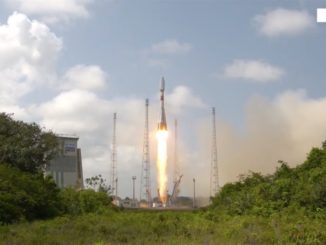SpaceX’s Falcon 9 rocket is set for liftoff from Cape Canaveral on Monday, heading due east over the Atlantic Ocean to deliver the JCSAT 18/Kacific 1 communications satellite into orbit around 33 minutes later.
The 229-foot-tall (70-meter) rocket is poised for launch from pad 40 at Cape Canaveral Air Force Station in Florida at 7:10 p.m. EST Monday (0010 GMT Tuesday) at the opening of an 88-minute launch window.
Perched atop the rocket is the JCSAT 18/Kacific 1 communications satellite, a spacecraft manufactured by Boeing in El Segundo, California, and jointly owned by Sky Perfect JSAT Corp. of Tokyo and Kacific Broadband Satellites of Singapore.
The JCSAT 18/Kacific 1 satellite weighs 15,335 pounds (6,956 kilograms) with its propellant tanks fully loaded, making it one of the heaviest satellites ever launched by SpaceX.
After deployment from the upper stage of the Falcon 9 rocket in an elliptical transfer orbit, the JCSAT 18/Kacific 1 spacecraft will use its on-board hydrazine-fueled engine to boost itself into a circular geostationary orbit more than 22,000 miles (nearly 36,000 kilometers) over the equator.
The JCSAT 18/Kacific 1 spacecraft will park itself in geostationary orbit at 150 degrees east longitude, where it will operate over a fixed geographic position during its 15-year mission.
Sky Perfect JSAT will use its Ku-band capacity on the satellite to support mobile and broadband services over Japan, the Asia-Pacific and far eastern Russia. Kacific’s portion of the satellite’s Ka-band payload will provide Internet service to under-served populations across Southeast Asia and the Pacific islands.
The Falcon 9 first stage booster set to loft the JCSAT 18/Kacific 1 payload has flown twice before on a pair of space station resupply missions earlier this year. The timeline below outlines the launch sequence for the Falcon 9 flight with JCSAT 18/Kacific 1.
Data source: SpaceX
T-0:00:00: Liftoff
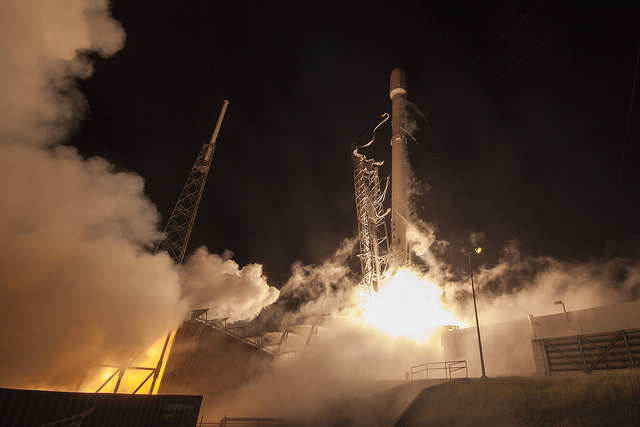
T+0:01:00: Mach 1
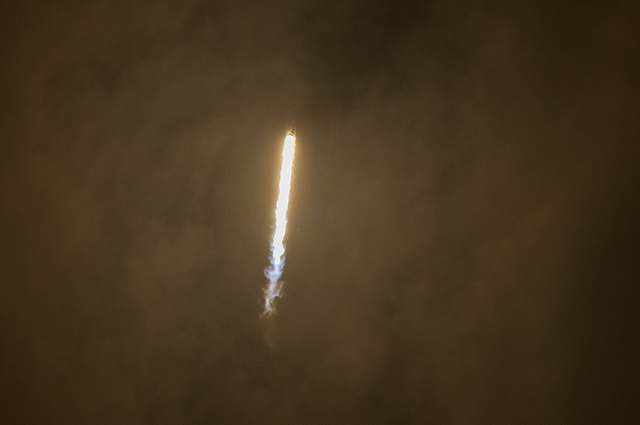
T+0:01:13: Max Q
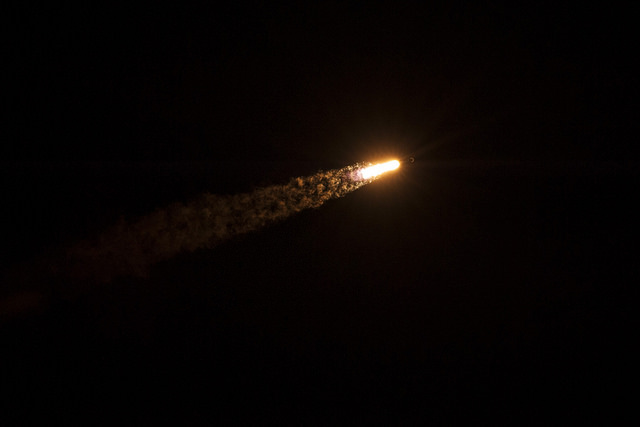
T+0:02:32: MECO
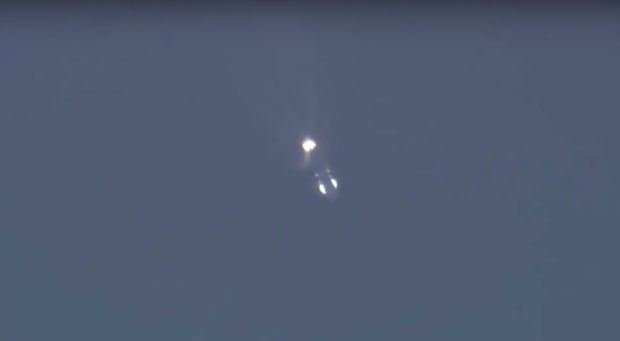
T+0:02:35: Stage 1 Separation
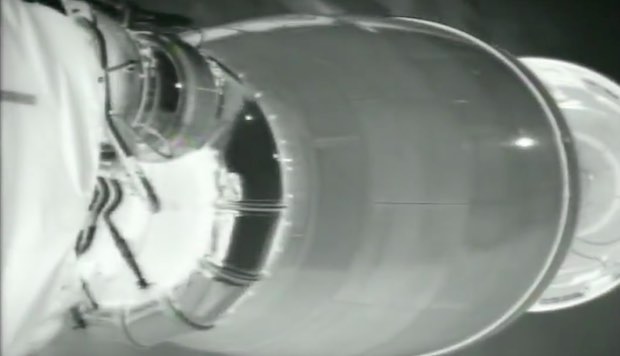
T+0:02:42: First Ignition of Second Stage
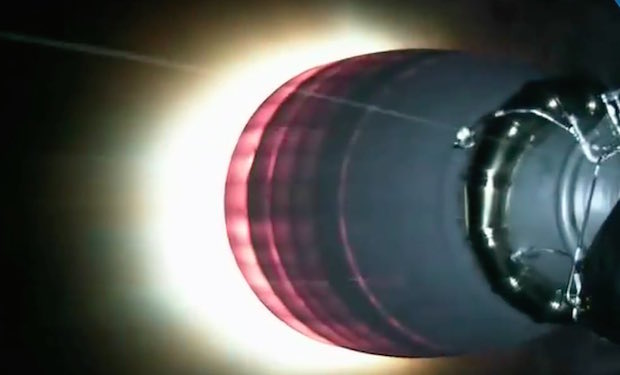
T+0:03:35: Fairing Jettison
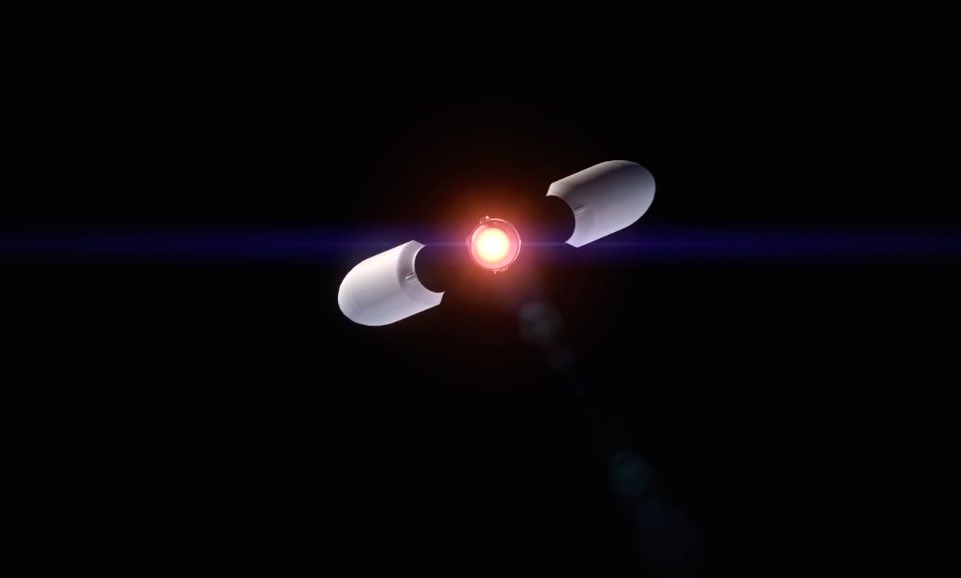
T+0:06:14: Stage 1 Entry Burn

T+0:08:11: SECO 1
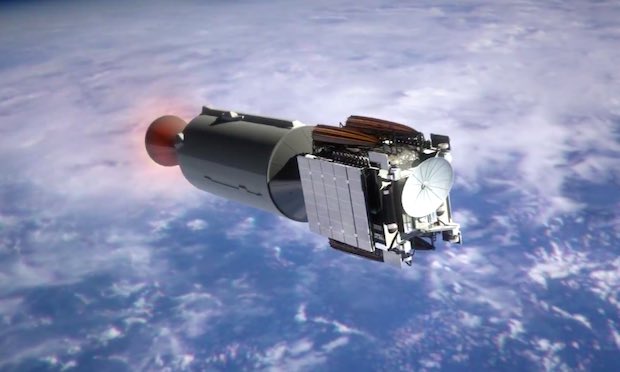
T+0:08:38: Stage 1 Landing
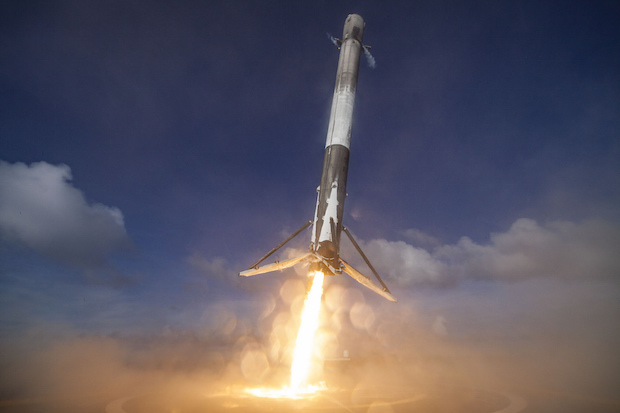
T+0:27:21: Second Ignition of Second Stage
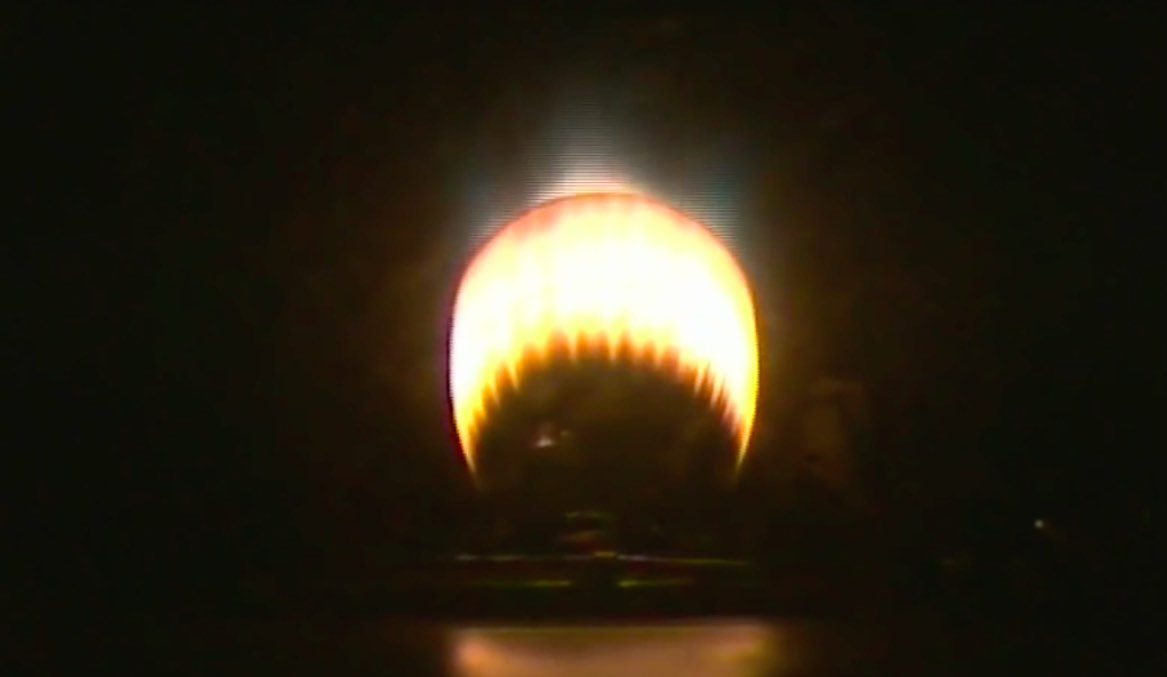
T+0:28:09: SECO 2
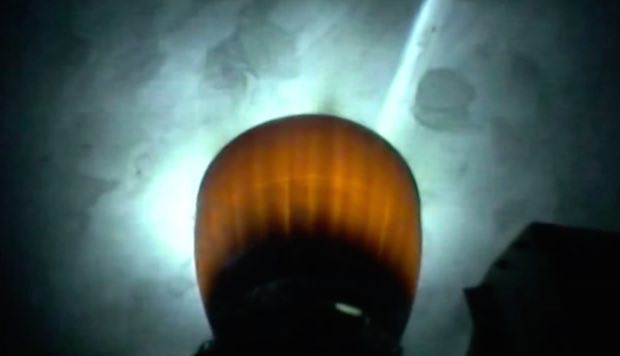
T+0:33:10: JCSAT 18/Kacific 1 Separation
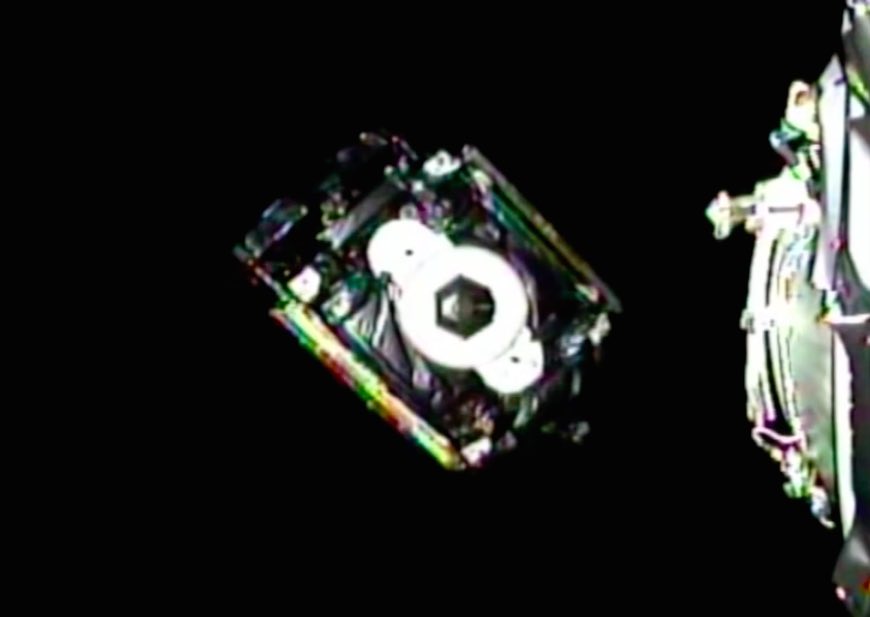
Email the author.
Follow Stephen Clark on Twitter: @StephenClark1.



